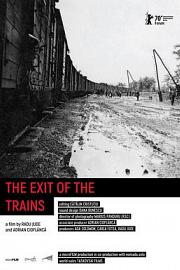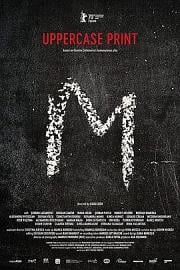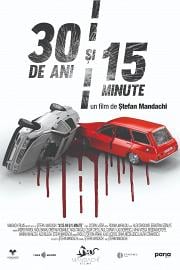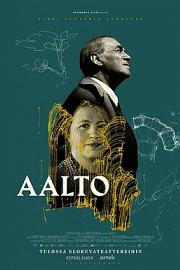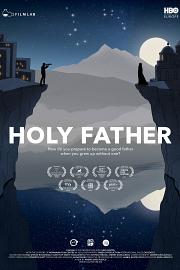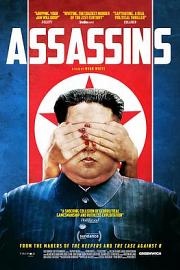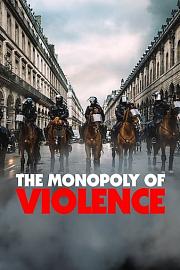On June 29, 1941, the Jewish residents of the city of Iasi were rounded up and beaten, shops and homes were looted, and most of the men were shot or crowded onto trains, where they later died of asphyxiation. While Germans took part in the pogrom, the majority of the perpetrators were Romanian policemen, military officers and civilians. How can a film deal with this crime? Radu...(展开全部)On June 29, 1941, the Jewish residents of the city of Iasi were rounded up and beaten, shops and homes were looted, and most of the men were shot or crowded onto trains, where they later died of asphyxiation. While Germans took part in the pogrom, the majority of the perpetrators were Romanian policemen, military officers and civilians. How can a film deal with this crime? Radu Jude and Adrian Cioflâncă have opted for a radical, pared-down approach: their film lists the names of those who died from A to Z, illustrating them with photographs from passports and family albums. Astoundingly sober accounts are heard in voiceover. Through repetition, accumulation and variation, the filmmakers make the scale of the atrocity tangible, allow nuances to emerge and give the number of victims – 13,000 – concrete form, until, at the end, after about two-and-a-half hours, they draw on an entirely different visual register.
On June 29, 1941, the Jewish residents of the city of Iasi were rounded up and beaten, shops and homes were looted, and most of the men were shot or crowded onto trains, where they later died of asphyxiation. While Germans took part in the pogrom, the majority of the perpetrators were Romanian policemen, military officers and civilians. How can a film deal with this crime? Radu...(展开全部)On June 29, 1941, the Jewish residents of the city of Iasi were rounded up and beaten, shops and homes were looted, and most of the men were shot or crowded onto trains, where they later died of asphyxiation. While Germans took part in the pogrom, the majority of the perpetrators were Romanian policemen, military officers and civilians. How can a film deal with this crime? Radu Jude and Adrian Cioflâncă have opted for a radical, pared-down approach: their film lists the names of those who died from A to Z, illustrating them with photographs from passports and family albums. Astoundingly sober accounts are heard in voiceover. Through repetition, accumulation and variation, the filmmakers make the scale of the atrocity tangible, allow nuances to emerge and give the number of victims – 13,000 – concrete form, until, at the end, after about two-and-a-half hours, they draw on an entirely different visual register.
